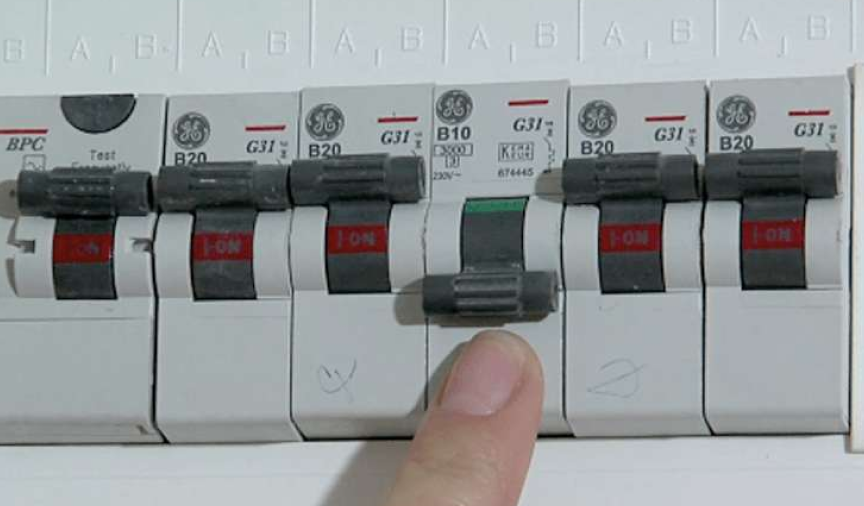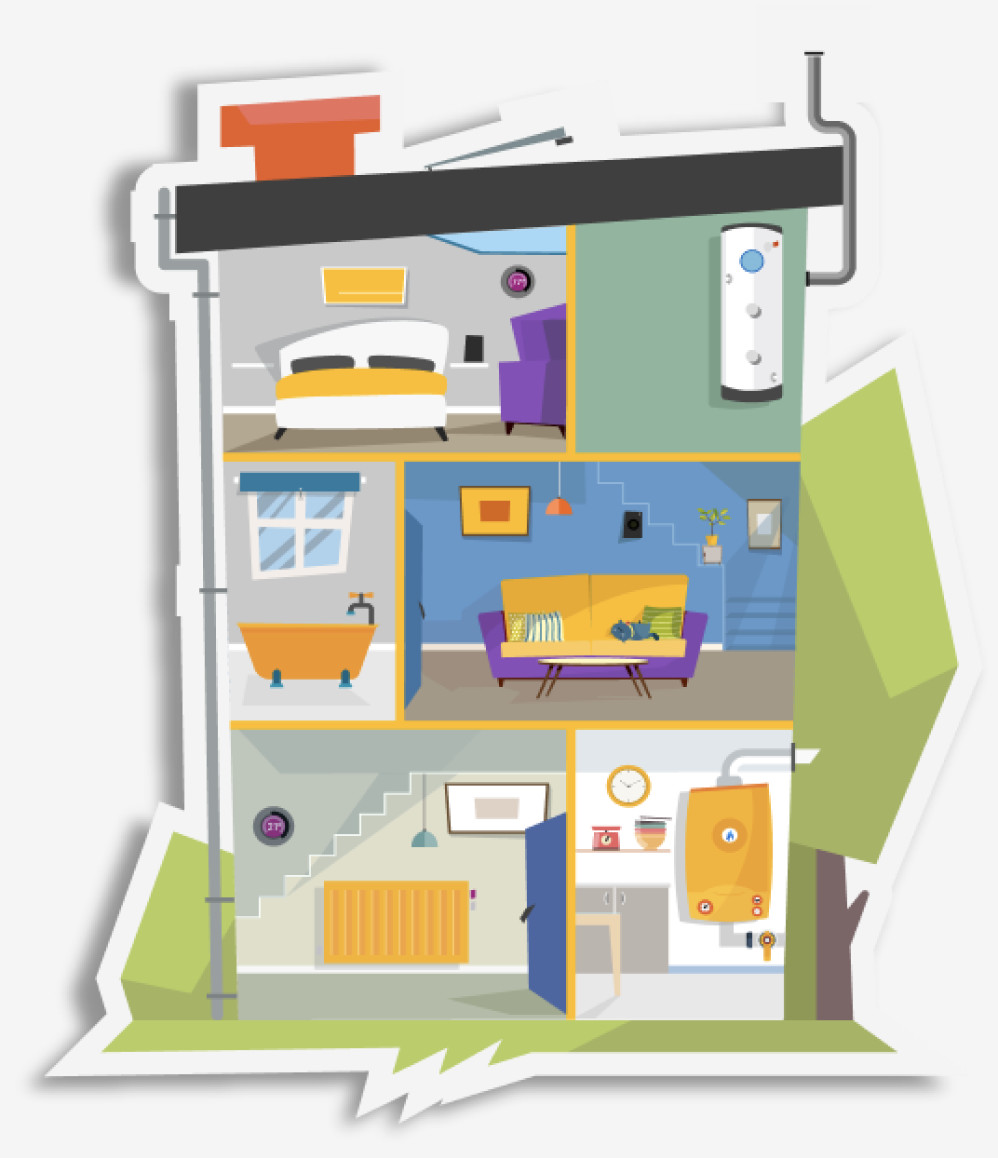What is a mains fuse box?
 Share
Share
A mains fuse box, otherwise known as an electricity board or fuse board, is designed to operate and safeguard the electrics in your home. It’s an important piece of kit that will protect you in an electrical emergency, so it’s essential that you:
- Know where your fuse box is located
- Familiarise yourself with its contents
To help you out, we’ve put together a quick guide to understanding your electric fuse box.
Locating your fuse box
You must know where your fuse box is located, in case you need to turn the power off in the event of an emergency.
Fuse boxes are commonly found in utility rooms, porches or under-the-stairs cupboards. You may also have one in your hallway or garage.
Wherever your fuse board is located, you must have easy access to it. Make sure you keep the area surrounding your fuse box clear from clutter. Remember that if the lights go out, you’re going to need to find your electricity board with a battery-operated torch. You don’t want to be tripping over stuff on the way!
If your mains fuse box is located higher up on a wall, you will also need to consider how you’re going to reach it. It’s not advised that you stand on furniture. Instead, think about having a stepladder handy, so you can easily access your fuse box in an emergency.
Familiarising yourself with your fuse board
A domestic fuse box contains 3 key sets of switches, each of which serves a different purpose.
Main switch
The main switch in your fuse box is designed to turn off the electricity supply in your property. It’s important to know which switch this is, so you can turn it off in an electrical emergency.
Some properties may have more than one switch if there is more than one fuse board installed. For example, if you heat your home with electric storage heaters, you’ll likely have a separate electricity board for them.
RCD
You’re probably wondering what does RCD stand for? And the answer is ‘Residual Current Devices.’ These switches will turn off the electricity supply to a circuit when a dangerous fault is detected.
RCDs are responsible for saving many lives, as they cut off the electricity when there is a fault with a household appliance or someone touches a live cable.
With this in mind, it’s a good idea to test your RCDs every three months, to make sure they’re working properly. All you need to do is press the ‘test’ button located next to your RCD switches. It should throw a test fault to trip an RCD switch. If the RCDs are working, the switch should move into the down position i.e. ‘off’. You can reset it simply by flicking it back up to the ‘on’ position.
If the test button does not trip an RCD switch, there could be a fault on your fuse board. Get in touch with a qualified electrician to take a look for you.
Do not attempt to fix your electricity board yourself, unless you are a qualified electrician. Electricity can be very dangerous and if you don’t know what you’re doing, you could put yourself and those living in your household at risk.
All-inclusive cover plans

Circuit breakers
Circuit breakers are the final type of fuse switch you will find inside your electricity board. They are designed to switch off a circuit if they detect something is wrong. They work in a similar way to a traditional wire fuse.
What does a fuse do in a circuit?
Basically, a fuse is a small piece of wire that is designed to break, burn or melt to stop the flow of electricity in a circuit. When a fuse does this, it is described as having ‘blown.’ A fuse will most likely blow if there is an excessive current in the circuit.
Fuse boards containing fuse wires
Traditionally, a domestic fuse box would contain several different fuses that would burn through or break to cut off power to a circuit. If you’d blown a fuse, you would have to repair your fuse board by replacing the fuse with a new piece of wire, between the two screws.
Although a relatively simple task, it is time-consuming and inconvenient to replace a blown fuse, which is why most households now have an electric fuse box instead.
Back to circuit breakers…
Now you know the purpose of a fuse, you can better understand what a circuit breaker does.
Your electricity board will contain several circuit breakers (sometimes called fuse switches), which are sized according to the type of circuit and load it can handle. If a fault is detected in one of the circuits, the fuse box switch will trip and move into the downwards ‘off’ position.
To turn the power back onto the circuit, you simply have to flick the switch up to the ‘on’ position. It’s a lot quicker and more convenient than having to replace a fuse wire, like in an old-fashioned fuse box. Just make sure you find and correct the fault first or the switch will keep tripping.
Another benefit of having a modern electricity board, with circuit breakers installed is that they provide more precise protection than the older type.
If your fuse box has a wooden back, features cast iron switches or a mixture of different fuses, it probably dates back to before the 1960s. You must get your fuse box upgraded to a more modern version to keep those living in your household safe.
What to do if your fuse box keeps tripping
If the switches in your fuse box keep tripping, it’s a sign that something is wrong with the wiring in your home or you’ve got a dodgy appliance. Try to avoid continuously resetting your circuit breakers, as this will cause damage to the wiring. Instead, read our post on what to do if your fuse box trips and see if you can work out what’s causing the problem.
If you can’t put your finger on it or you are dealing with faulty electrics, it’s best to get in touch with a qualified electrician who will have the skills, tools and knowledge to carry out repair work safely and competently.